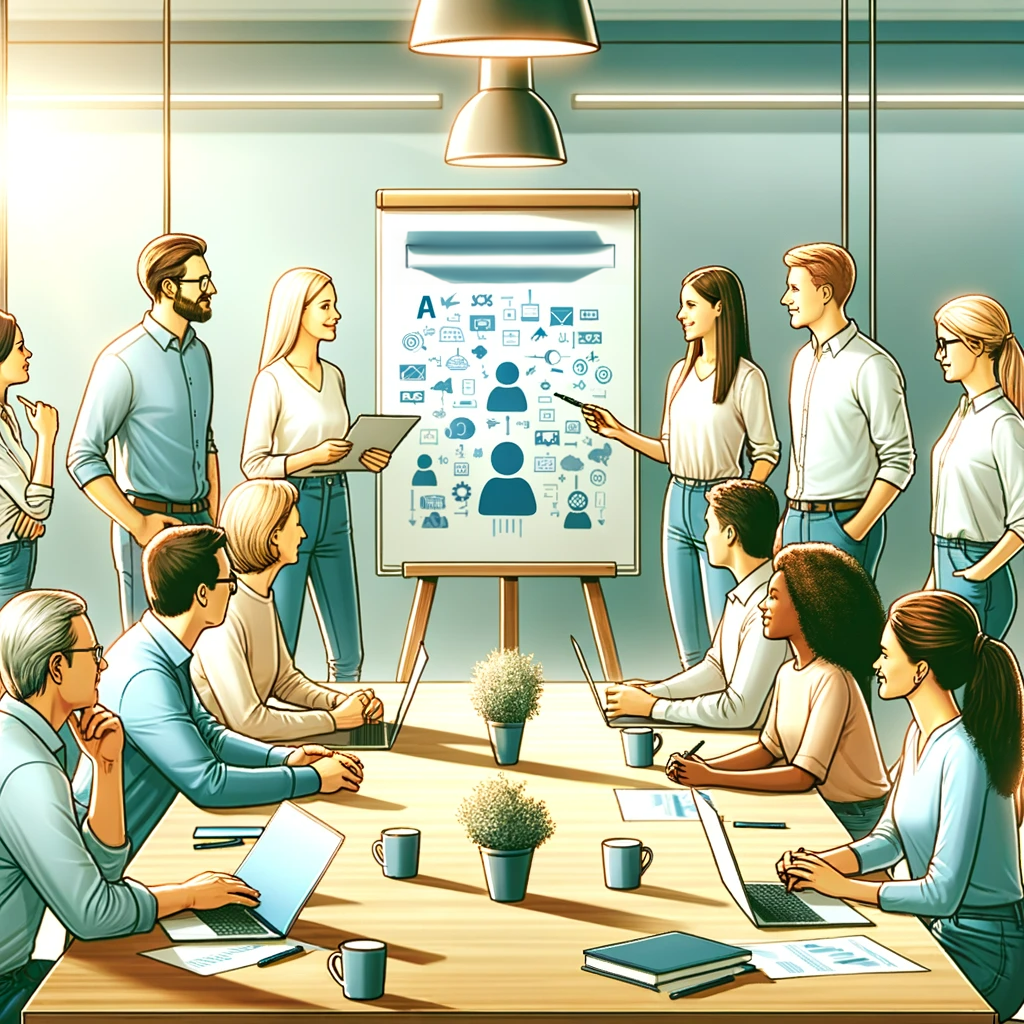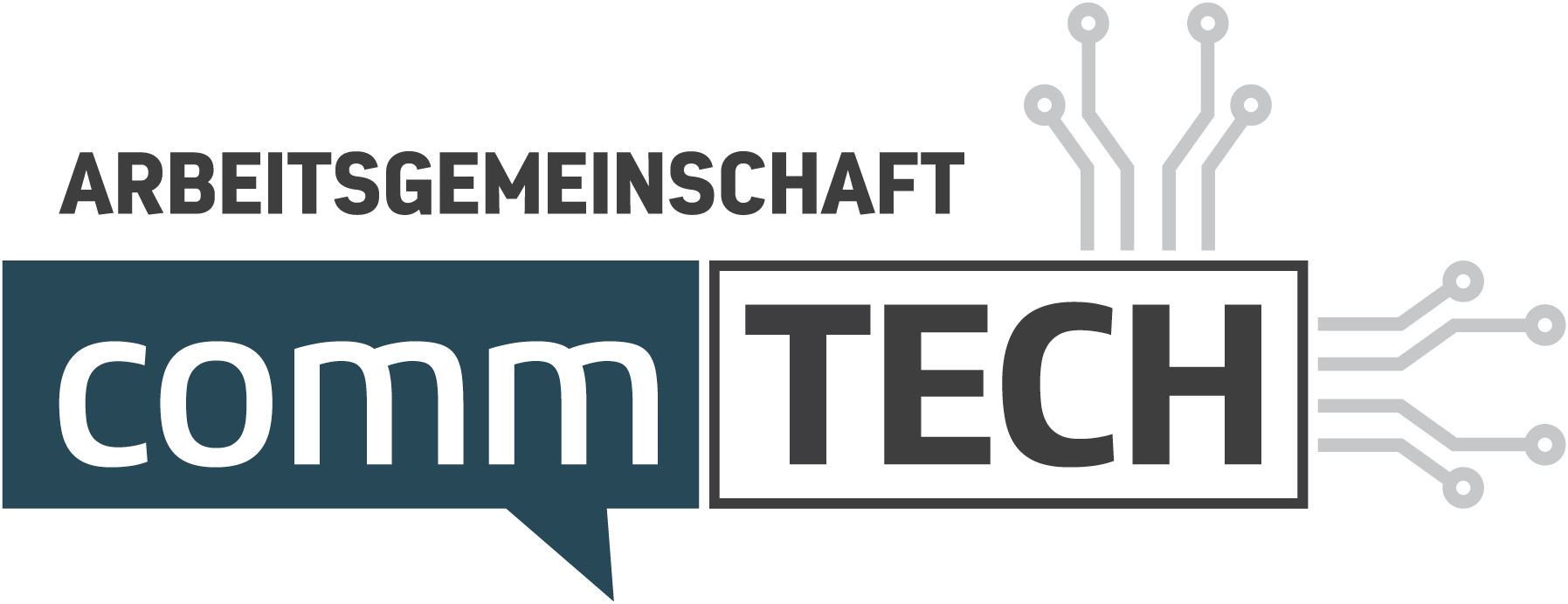- 2. November 2023
- Posted by: Die Redaktion
- Category: NEWS

Recommended for imitation: A workshop example for AI introduction

Artificial intelligence (AI) brings us communicators impressive technical possibilities, but at the center of this profound change is the human being. This raises organizational questions above all: Who in the team has what attitude and previous experience with AI, what image do we have of our future collaboration, and how do we want to approach the topic? Addressing these issues in a workshop is the first step. In this article, arising from an initiative in the CommTech Cluster organization, we describe a concrete approach based on a real example from the communications team of a pharmaceutical company.
As part of a two-day strategy workshop, the team of around 20 devoted an afternoon to the possibilities and limits of artificial intelligence and what impact it will have on them as employees. Since every change project – and the integration of AI in communications departments is to be understood as precisely such – requires a leadership vision as a starting point, the workshop began with an impulse from the team leadership. It was important here to include the strategic importance and the amount of time the team should spend on implementation.
As a warm-up, the team members drew an initial mood picture by distributing themselves on an imaginary scale in the seminar room: How do you each feel about AI, more optimistic or more skeptical? How many of you work more or less intensively with AI? The position of the participants in the room gave everyone a multi-faceted impression of their status quo as a group, including one or two surprising insights. Those who wanted to were welcome to justify their position in front of the group and enrich it with statements.
With a keynote speech, it was then into medias res: Two guest speakers gave insights into how communication is already used in communication departments and showed prompting examples based on ChatGPT. The overarching idea here is that AI offers communications departments a new way to actively implement digital transformation in their organization. In the past, communicators were challenged to make digitization a communication topic, but they were usually not among the first users. This is because corresponding strategies usually focus on core processes such as production and sales. With the advent of the latest large language models (LLMs), this has changed: Their core features show amazing parallels to what we communicators do every day: summarize coherent storylines from different sources, answer questions, and create content. The first interim conclusion in the workshop was that AI puts communications in a good position to actively participate in the digital transformation of organizations and to move from being a contractor to an active player.
But how to approach it? The story of AlphaGo served as an example in the workshop: In it, a group of AI experts competes to design an algorithm for Go, for the most complex board game in the world, and to have it compete against the reigning world champion Lee Sedol. In order not to spoil the end, I will only give the deeper message here: Clever adaptation of what already exists, not rejection or “doing everything anew”, is the best answer to the technological challenge of AI.
With this input, the participants were well equipped to design their own future scenarios for their team – as so-called pre-mortem and post-mortem analyses. One part of the group looked at scenarios where AI took over the job of the communications department and displaced humans, while another part of the group considered how AI would be integrated into the communications team as a permanent employee, so to speak. With a lot of ingenuity and critical reflection, the scenarios and the way to get there were presented on pinboards and discussed in the group. Interestingly, many parallels were found in both the positive and negative scenarios, so that concrete action steps could be derived from them. It was important to keep the list of Next Steps short and realistic in order to carry the momentum.
At the end of this intensive afternoon, one thing was clear: AI will not take over the job of communicators – but only if we as communicators know how to use the technology for ourselves. The first step is to understand the basic features of AI and identify corresponding patterns in your own work environment. This results in application scenarios almost automatically, and this is where the team has now started after its workshop.
Anyone interested in the workshop format and the learnings that came out of it can contact the Organization Cluster(christina.rettig@schott.com, f.rettig@radiox-innovation.de).

